Nancy Churnin is the author of several picture book biographies including The William Hoy Story and, most recently, Charlie Takes His Shot, the story of professional golf player Charlie Sifford. In the 1930s, only white people were allowed to play in the Professional Golf Association. Sifford had won plenty of black tournaments, but he was determined to break the color barrier in the PGA. In 1960 he did, only to face discrimination from hotels that wouldn’t rent him rooms and clubs that wouldn’t let him use the same locker as the white players. But Sifford kept playing, becoming the first black golfer to win a PGA tournament and eventually ranking among the greats in golf.

We were lucky enough to sit down with Nancy Churnin to chat about her writing process, the importance of biographies, and Charlie Takes His Shot.
Q: What was your inspiration for your title?
A: Charlie Sifford wanted two things more than anything else – to take his shots as a golfer and to take his shots as a person, without someone telling him what he couldn’t do just because of his race. Titles can be tricky, but this title, which expresses what Charlie did on the golf course and in life, stuck with me from the first draft.
Q: Do you have a regular routine while creating a book?
A: I don’t have a regular routine in terms of what I do at specific hours in the day. But, I do have a routine in terms of process. I find a subject I love, who inspires me. I learn everything I can about that person, looking always for what is at the heart of their journey – the path that changed them most profoundly and changes us as we follow their journey. Then I write and rewrite and rewrite and try to clear away anything extraneous. My critique groups and my editor help a great deal with this stage.
Q: Do you have any writing quirks?
A: I like to write in silence so I can hear the voices of my characters and their world in my head. And I like to write with a mug of hot cocoa, prepared with boiling water instead of milk. Sometimes, if things get challenging, fresh-popped popcorn in a pot can make all the difference.
Q: What’s the easiest and hardest part of creating a book?
A: The easiest part is falling in love with my subject. The love period is such bliss! I want to read everything I can about my subject. I want to daydream about my subject. I want to live in my subject’s world! Then comes the hard part: building a world of words in which my subject can live and breathe and can enchant children the way my subject enchants me. It takes a lot of revising to get to that magical place.
Q: What research did you have to do?
A: I read Charlie Sifford’s 1992 autobiography, Just Let Me Play: The Story of Charlie Sifford, the First Black PGA Golfer. I read every article I could find about Charlie Sifford. I watched the YouTube clip where President Barack Obama awarded him the Presidential Medal of Freedom in 2014. I am very grateful that the great Dan Jenkins, a best-selling author, Sports Illustrated columnist, and member of the World Golf Hall of Fame, shared his personal knowledge of Charlie Sifford with me. And I am deeply appreciative of all the time that Dr. Tony Parker, historian at the World Golf Hall of Fame; Laury Livsey, senior director of the PGA Tour History; and Bob Denney, PGA of America History gave me in fact-checking the story.
Q: Do you play golf?
A: No, I don’t play golf. But I enjoy watching it and I have tremendous respect for the attention and dedication it takes to play it well.
Q: Why write children’s books?
A: When I write children’s books, I go back to a happy place in my childhood when I was discovering the world through books. I remember a wonderful librarian in the Bronx at the Kingsbridge Heights Public Library introducing me to a book which had what sounded like a bizarre title: The Lion, The Witch and the Wardrobe. I remember trusting her smile as she handed it to me. That book transported me to another world as surely as the wardrobe took the Pevensie children to Narnia. I also remember how in another book in the series, The Magician’s Nephew, the world is described as so new that anything dropped into the soil grows into something marvelous. I love digging back to the wonder of my own childhood to plant what I hope are good and inspiring stories into the childhoods of others. There has never been a picture book about Charlie Sifford before. This world still has too many children who feel or are told that they don’t have the same rights or opportunities as others. I hope Charlie Takes His Shot will find its way into the imagination of children in a way that will encourage them to take their shots and help others do the same.
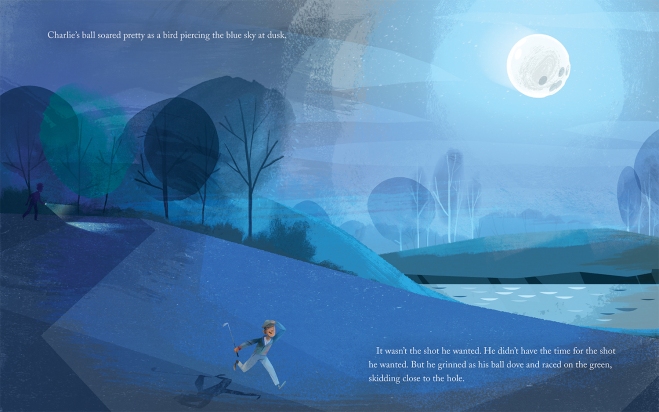
Q: What books did you like to read as a kid? What type of books do you like to read now?
A: My first favorite book was The Wizard of Oz. My mother read a chapter every night and two chapters on Saturday so she could take the day off on Sunday. I soon fell in love with The Chronicles of Narnia and everything I could find by Louisa May Alcott and Laura Ingalls Wilder. Pretty early on I was mixing up children’s books with books by Charles Dickens, Leo Tolstoy, and everything I could find about Greek and Roman mythology, including Homer’s Iliad and Odyssey. Later I developed a passion for poets like Emily Dickinson, William Butler Yeats, and Robert and Elizabeth Barrett Browning. I’m an omnivorous reader and will go from picture books to The Color Purple to Harry Potter to Charlie Bone, Shakespeare, Tennessee Williams, Arthur Miller, Kurt Vonnegut Jr., Bernard Malamud, Isaac Asimov, and back again.
Now, you may wonder why someone who reads so much fiction, fantasy, and drama is writing non-fiction picture book biographies. Sometimes I wonder that, too! I have spent years as a journalist and I’ve seen a hole in the education system. Kids don’t learn about the diverse people who blazed the way toward opening up possibilities for us all. It feels like a need crying to be filled. When it comes to shining a light on these people, I feel a little like Charlie when Jackie tells him in the book, “Nobody can do it but you.” Now, I know there are others doing great and important work in bringing diverse stories to life. I celebrate and appreciate their work. But I also feel that we’re collectively way behind in telling these stories and it’s my job, my mission, my passion to tell the ones I find in the unique way I tell them. Who knows, maybe someday I’ll be writing fiction and fantasies, too. But it feels right to be doing exactly what I’m doing right now.
Q: What makes your book stand out?
A: This book brings attention to someone who deserves recognition, but whom many children don’t yet know – Charlie Sifford, who fought a long, courageous battle to break the color barrier in the Professional Golfers’ Association. It also shows how Charlie’s friend, Jackie Robinson, was not only an amazing baseball player who broke the color line in baseball, but a civil rights warrior who spoke up for Charlie’s right to play. In addition, it pays homage to Stanley Mosk, the Jewish attorney who also helped Charlie, and reminds kids about the discrimination that Jewish people suffered in America. I hope these intertwining stories will plant the idea that we all need to do our part to help if we want to open up opportunities for everyone.
Q: Are you working on any other projects?
A: I am very excited about my next two books: Irving Berlin, the Immigrant Boy Who Made America Sing, from Creston Books in June 2018 and The Princess and the First Christmas Tree, from Albert Whitman & Company in Fall 2018. These are both true and, I hope, inspirational stories for children.
Q: What was the process of working with your editor like?
A: Working with Wendy McClure has been an absolute joy. She’s been visionary in selecting just the right illustrator for each book. She has also gently pushed me towards making each book the best it can possibly be. In The William Hoy Story, we went over each word to make sure we had chosen the best one. In Charlie Takes His Shot, my first draft reflected my concern to keep the focus exclusively on Charlie. I am thrilled that she encouraged me to loosen the narrative to include more details about Jackie Robinson and Stanley Mosk. I think they add so much depth to the story. We are just getting started on her notes for The Princess and the First Tree and I am looking forward to that.

Q: How did the experience writing Charlie Takes His Shot compare to the experience writing The William Hoy Story?
A: The William Hoy Story was my debut picture book and the result of years of revisions as I studied the craft of writing children’s books. I knew I had a great story to tell, but it took a long time before I knew how to tell it! By the time I wrote Charlie Takes His Shot, I had learned a lot. I knew how the book should start and end. I knew the shape of the journey. It took a lot of revisions, but they went comparatively quickly. It’s the difference between wandering in a forest, eventually finding your way after many missteps, and setting off with confidence and arriving ahead of schedule.
Q: How should educators/program coordinators contact you?
A: I hope they will contact me on my website at nancychurnin.com. I am also easy to reach through The Dallas Morning News, where I am the theater critic, at nchurnin@dallasnews.com, on Twitter @nchurnin, and on Facebook at Nancy Churnin Children’s Books.
Thanks so much, Nancy! To find out more about Charlie Takes His Shot check out our website.
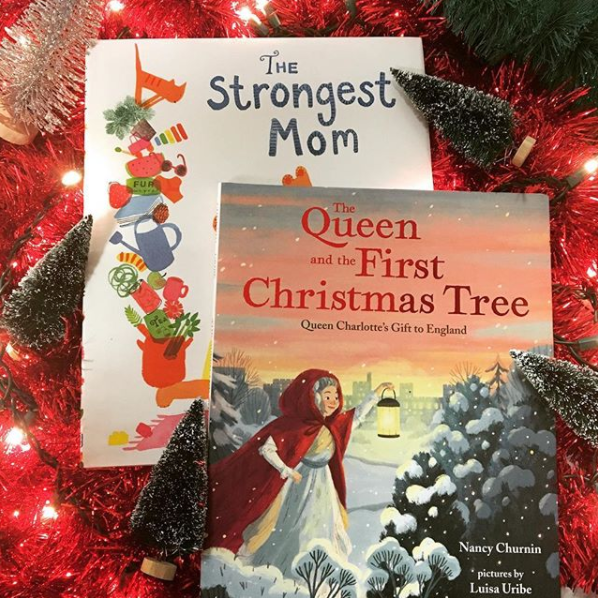




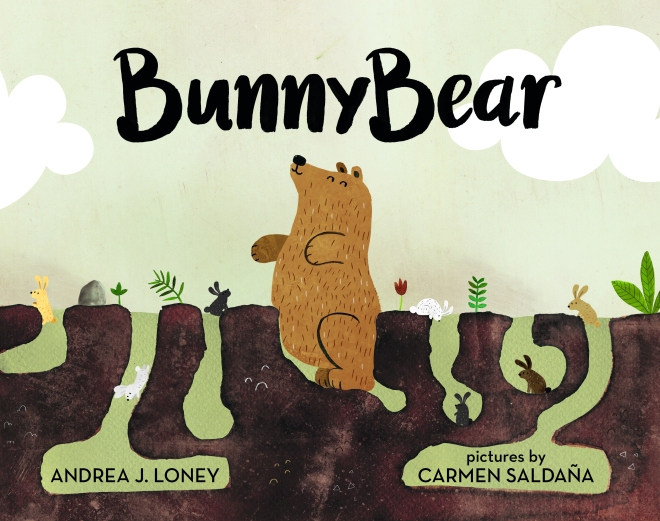


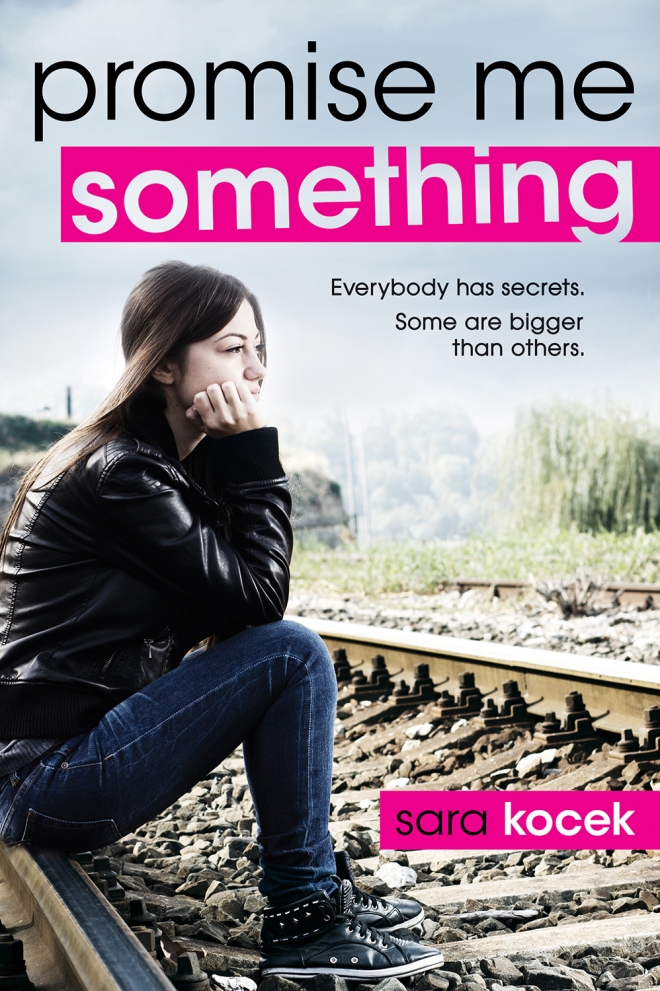


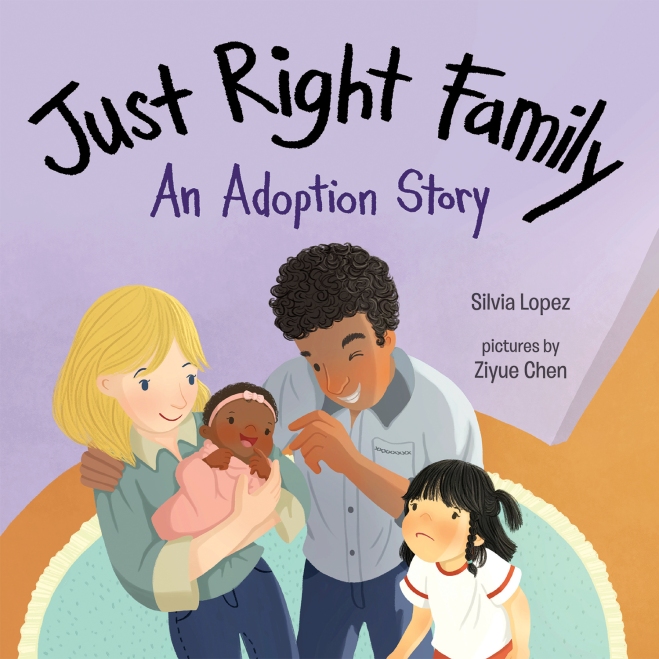


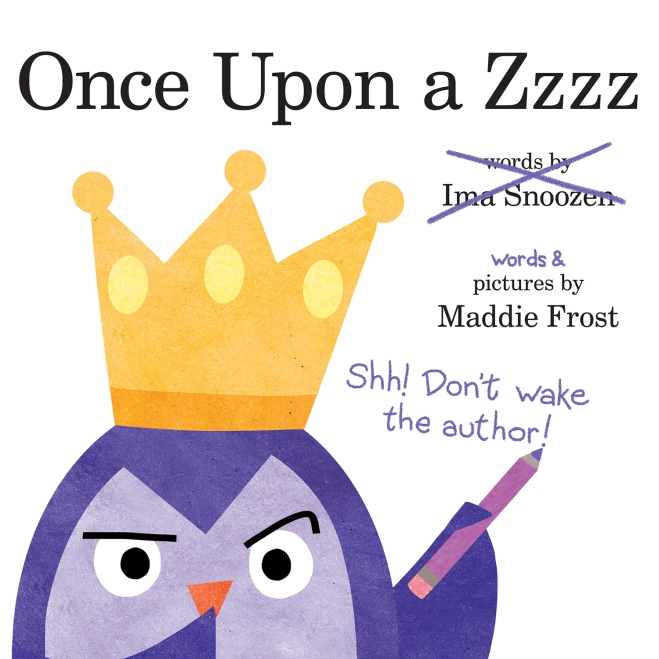


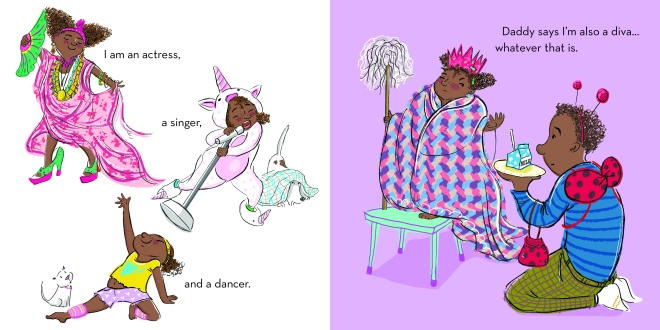









You must be logged in to post a comment.